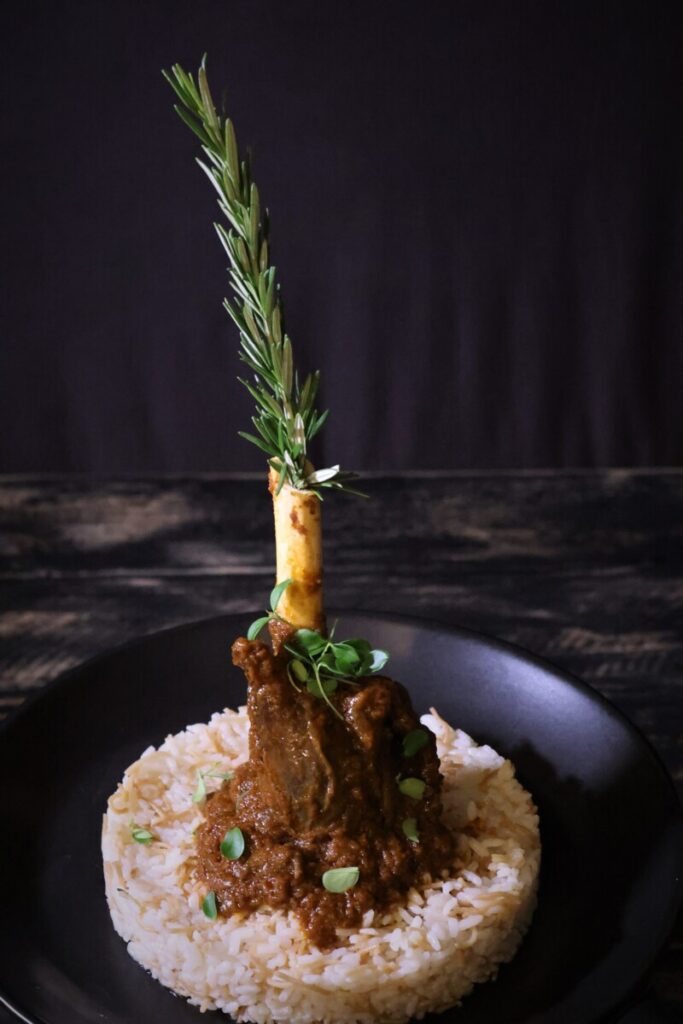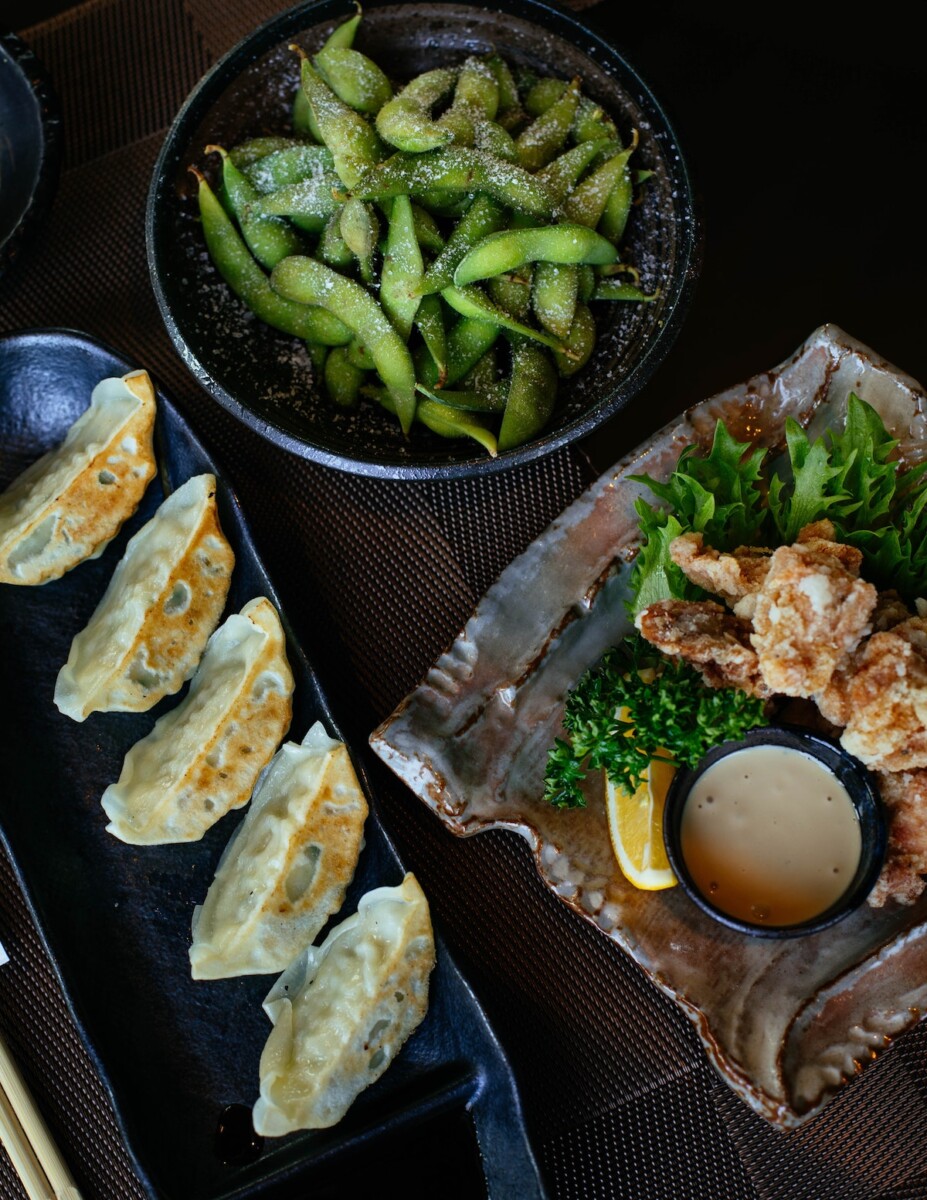In gastronomy, a dish is not merely a combination of ingredients; it is a work of art, a symphony of flavors, and a feast for the eyes. Achieving culinary excellence goes beyond taste alone; it extends to the visual appeal of your creations. This is where the mastery of food presentation tools comes into play. These instruments, often overlooked, hold the power to transform a dish from ordinary to extraordinary. Explore food presentation, exploring essential tools and techniques that will help you elevate your culinary creations to a whole new level.
The Canvas of Culinary Artistry: Understanding Food Presentation
Before we dive into the tools themselves, it’s crucial to understand the significance of food presentation in the culinary world. Presentation is the first sensory experience a diner has with a dish. It sets the stage for the dining experience, influencing expectations and enhancing anticipation. A well-presented dish entices the taste buds and engages the eyes, creating a multisensory delight. The colors, textures, and arrangement on the plate all play a vital role in this artistic process.
The art of food presentation is about finding the balance between form and function. It’s about creating a visual composition that complements the flavors and textures of the dish. Think of the plate as your canvas and the ingredients as your palette. Each element should be thoughtfully placed to create a harmonious whole.
Essential Tools of the Trade
Precision Tweezers: Pinpoint Perfection
Precision tweezers are the unsung heroes of food presentation. These slender, fine-tipped instruments allow for the meticulous placement of delicate elements on the plate. Whether arranging microgreens with utmost precision or delicately garnishing with edible flowers, precision tweezers provide the control and finesse needed to achieve culinary artistry. They allow you to place each component, ensuring every detail is correct precisely.
Offset Spatula: The Artist’s Palette Knife
Much like a painter wields a palette knife to create texture and depth, a chef employs an offset spatula to manipulate and finesse elements on the plate. Its angled design allows for smooth spreading, lifting, and shaping of ingredients. From forming quenelles of puree to flawlessly smoothing sauces, the offset spatula is an indispensable tool for any culinary artist. It provides the control and precision to sculpt and arrange even the most delicate ingredients.
Culinary Brushes: Painting Flavor onto the Plate
With their fine bristles, culinary brushes serve as the kitchen’s paintbrushes. They are used to apply sauces, glazes, and edible accents delicately. These brushes provide a level of control that ladles or spoons simply cannot achieve. Culinary meetings allow for controlled creativity, Whether a meticulous sweep of truffle-infused oil or a precise stroke of vibrant fruit reduction. They enable you to add nuanced layers of flavor and visual interest to your dishes.
Read More:
Why Spices Taste Spicy: An Exploration of Flavor Compounds
Exploring Plant-Based Protein Alternatives
Techniques for Artful Arrangement
The Rule of Thirds: Balancing Composition
One of the fundamental principles of visual art, the rule of thirds, applies seamlessly to food presentation. Imagine the plate divided into a grid of nine equal parts, like a tic-tac-toe board. The focal points of your dish, be it the protein or a vibrant garnish, should ideally fall along these intersecting lines. This creates a visually pleasing balance and draws the eye across the plate. It guides the viewer’s gaze, allowing them to appreciate each dish element individually and as part of the whole.
Height and Depth: Creating Visual Interest
A multi-dimensional presentation adds depth and intrigue to your dish. Employ varying heights using stacked vegetables, layered sauces, or even edible crisps. This enhances visual appeal and introduces different textures and flavor profiles. The interplay of heights and depths creates a dynamic visual experience, enticing diners to explore the dish with their eyes before savoring each bite.

Elevating Home Dining Experiences
Everyday Elegance: Simple Techniques for Home Cooks
While professional kitchens have various specialized tools, home cooks can also employ basic kitchen utensils to achieve stunning presentations. A butter knife can double as a makeshift offset spatula. At the same time, a pair of clean, fine-tipped tweezers is a substitute for precision tweezers. With a touch of creativity and attention to detail, even everyday meals can be elevated to gourmet status. It’s about more than the complexity of the tools but how you use them to enhance the visual appeal of your dishes.
Mastering food presentation tools is a culinary skill and an art form. It requires practice, patience, and a keen eye for detail. You can turn every meal into a masterpiece by understanding the significance of presentation, acquiring the essential tools, and honing various techniques. Elevate your culinary creations, and let the plate be your canvas of expression. Happy cooking!
